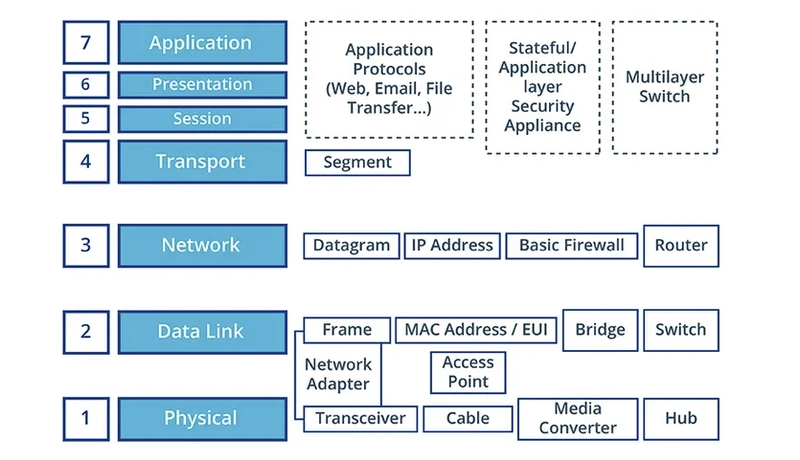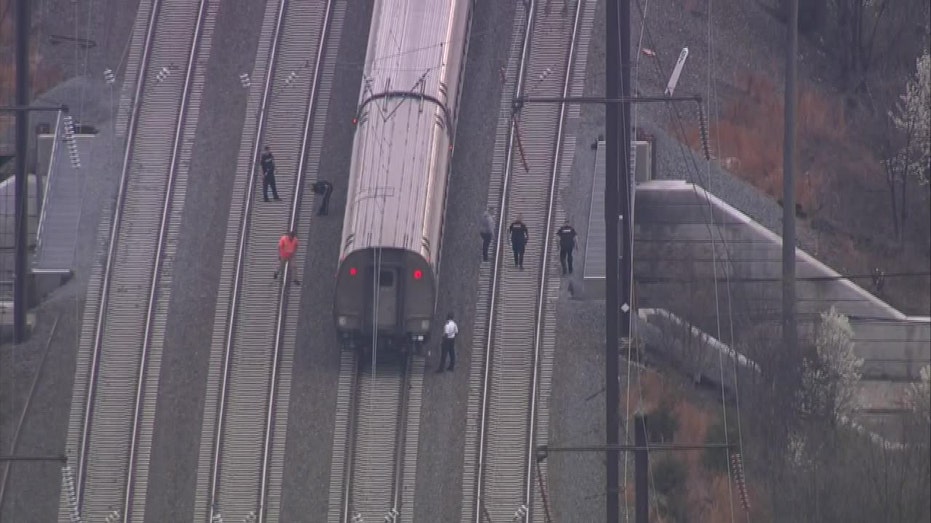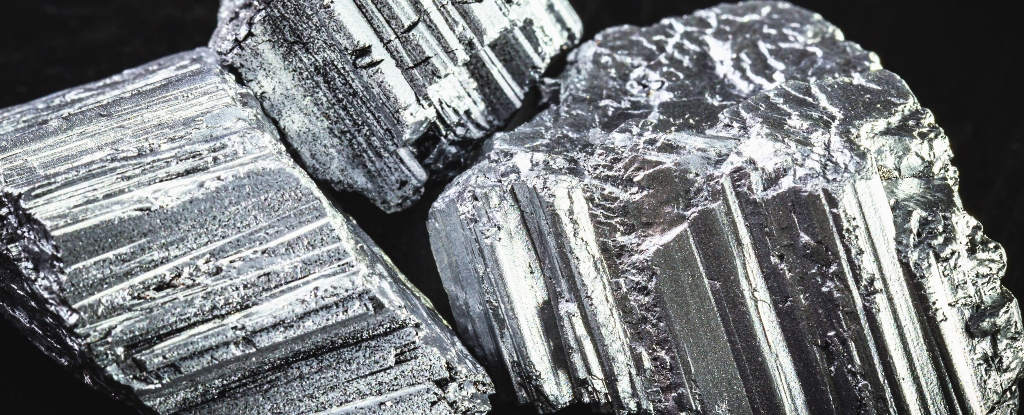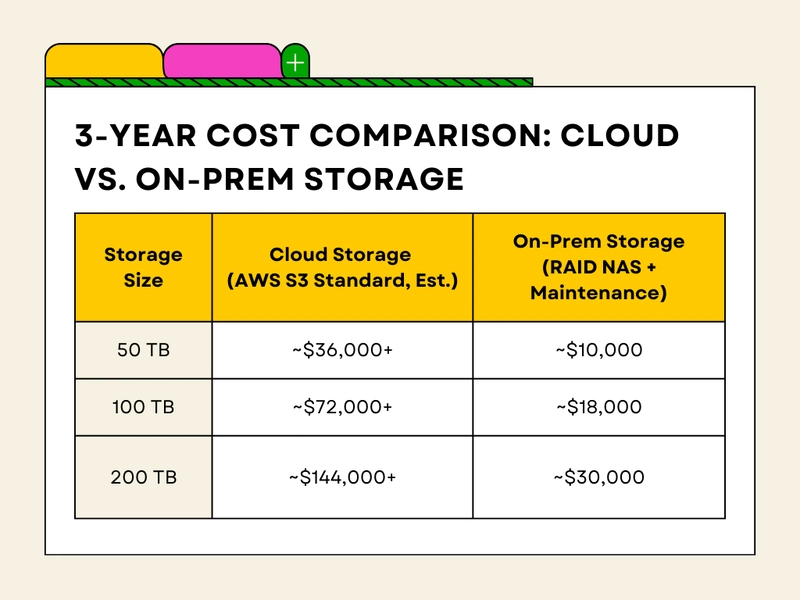Layer by Layer: The OSI Model Layers 5-7
Preamble: This space will be utilized to synthesize my notes and help improve my learning process while I study for the CompTIA Network+ N10-009 certification exam. Please follow along for more Network+ notes and feel free to ask any questions or, if I get something wrong, offer suggestions to correct any mistakes. Upper Layers (5, 6 and 7) The upper layers of the OSI model (Layers 5, 6, and 7) are often grouped together because they primarily focus on application-level services and data presentation. Unlike the lower layers, which handle data transport and network addressing, these layers deal with how applications interact with the network and how data is formatted and presented to the user. They work in close cooperation to ensure that applications can communicate effectively and that data is exchanged in a usable format. Session Layer (Layer 5) Purpose: The Session Layer manages communication sessions between applications on different devices. Think of it as the layer that establishes, maintains, and terminates a conversation between two applications. Many applications require multiple messages to be exchanged, forming a "session" or "dialog." The Session Layer ensures these exchanges are organized and controlled. Functions: Establishes a connection (session) between applications. Manages the flow of data during the session. Terminates the session when communication is complete. Essentially, it keeps track of the conversations between applications. Presentation Layer (Layer 6) Purpose: The Presentation Layer focuses on data format and presentation. It ensures that data is in a format that both applications can understand, regardless of their underlying systems. Functions: Data Translation: Converts data between different formats (e.g., ASCII to Unicode). Data Encryption: Encrypts and decrypts data for secure transmission. Data Compression: Compresses data to reduce its size and improve transmission efficiency. It prepares the data so that the application layer can use it. Application Layer (Layer 7) Purpose: The Application Layer is the top layer of the OSI model and provides services directly to end-user applications. It's where applications interact with the network. This is the layer that the end user interacts with. Functions: Provides network services to applications (e.g., web browsing, email, file transfer). Does not encapsulate other protocols; it uses the services provided by the lower layers. Examples of Application Layer protocols: HTTP (web browsing), SMTP (email), FTP (file transfer), DNS (domain name resolution). This layer is where the applications that we use everyday operate. If you are interested in learning more about how the OSI Model works I would highly recommend you take a look Professor Messer’s video breaking down the OSI Model: Professor Messer: Understanding the OSI Model Thanks for joining me while learning about the OSI Model. Next time we will start to put it to work by discussing how a SOHO (Small Office/Home Office) network works. See you there!

Preamble:
This space will be utilized to synthesize my notes and help improve my learning process while I study for the CompTIA Network+ N10-009 certification exam. Please follow along for more Network+ notes and feel free to ask any questions or, if I get something wrong, offer suggestions to correct any mistakes.
Upper Layers (5, 6 and 7)
The upper layers of the OSI model (Layers 5, 6, and 7) are often grouped together because they primarily focus on application-level services and data presentation. Unlike the lower layers, which handle data transport and network addressing, these layers deal with how applications interact with the network and how data is formatted and presented to the user. They work in close cooperation to ensure that applications can communicate effectively and that data is exchanged in a usable format.
Session Layer (Layer 5)
-
Purpose:
- The Session Layer manages communication sessions between applications on different devices. Think of it as the layer that establishes, maintains, and terminates a conversation between two applications.
- Many applications require multiple messages to be exchanged, forming a "session" or "dialog." The Session Layer ensures these exchanges are organized and controlled.
-
Functions:
- Establishes a connection (session) between applications.
- Manages the flow of data during the session.
- Terminates the session when communication is complete.
- Essentially, it keeps track of the conversations between applications.
Presentation Layer (Layer 6)
-
Purpose:
- The Presentation Layer focuses on data format and presentation. It ensures that data is in a format that both applications can understand, regardless of their underlying systems.
-
Functions:
- Data Translation: Converts data between different formats (e.g., ASCII to Unicode).
- Data Encryption: Encrypts and decrypts data for secure transmission.
- Data Compression: Compresses data to reduce its size and improve transmission efficiency.
- It prepares the data so that the application layer can use it.
Application Layer (Layer 7)
-
Purpose:
- The Application Layer is the top layer of the OSI model and provides services directly to end-user applications. It's where applications interact with the network.
- This is the layer that the end user interacts with.
-
Functions:
- Provides network services to applications (e.g., web browsing, email, file transfer).
- Does not encapsulate other protocols; it uses the services provided by the lower layers.
- Examples of Application Layer protocols: HTTP (web browsing), SMTP (email), FTP (file transfer), DNS (domain name resolution).
- This layer is where the applications that we use everyday operate.
If you are interested in learning more about how the OSI Model works I would highly recommend you take a look Professor Messer’s video breaking down the OSI Model:
Professor Messer: Understanding the OSI Model
Thanks for joining me while learning about the OSI Model. Next time we will start to put it to work by discussing how a SOHO (Small Office/Home Office) network works. See you there!














































































